Contents
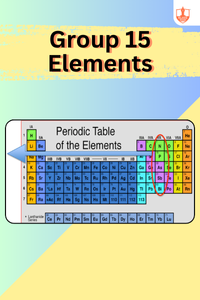
Group 15 elements
Description: Group 15 elements, pnictogens, include nitrogen and phosphorus, with five valence electrons, exhibiting varied oxidation states and forming diverse compounds.
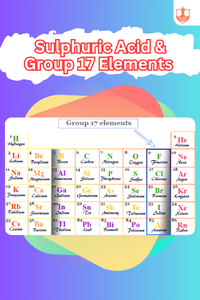
Sulphuric Acid & Group 17 Elements
Description: Group 17 elements, halogens, are highly reactive nonmetals with seven valence electrons, forming salts and exhibiting various oxidation states.
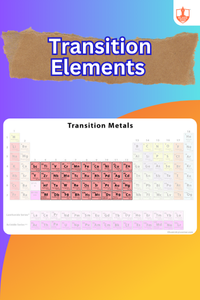
Transition Elements
Description: Transition elements are d-block metals with partially filled d-orbitals, exhibiting variable oxidation states and forming colored compounds.
.png)
Magnetic & Colour Nature of Transition elements
Description: Transition elements are often colored due to d-d electron transitions and can exhibit magnetic properties due to unpaired electrons.
.png)
lanthanides and actinides
Description: Lanthinides and actinides are f-block elements, known for their high reactivity, complex electron configurations, and diverse oxidation states.
.png)
Concept of Magnetic Moment
Description: Magnetic moment in transition elements arises from unpaired d-electrons, influencing their paramagnetic or ferromagnetic properties, measurable in Bohr magnetons.
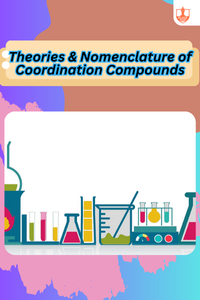
Theories & Nomenclature of Coordination Compounds
Description: Coordination compound theories include Werner's theory and Crystal Field Theory; nomenclature follows IUPAC rules, detailing ligands and metal centers.
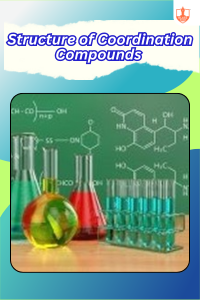
Structure of Coordination Compounds
Description: Coordination compounds have central metal ions bonded to surrounding ligands, forming geometries like octahedral, tetrahedral, or square planar structures.
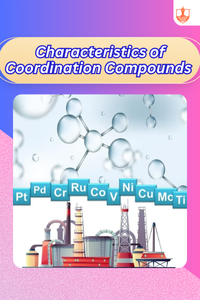
Characteristics of Coordination Compounds
Description: Coordination compounds exhibit unique colors, variable oxidation states, magnetic properties, and catalytic abilities, due to metal-ligand interactions.
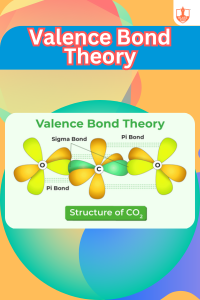
Valence Bond Theory
Description: Valence Bond Theory explains chemical bonding as overlap of atomic orbitals between atoms, forming covalent bonds based on electron sharing.
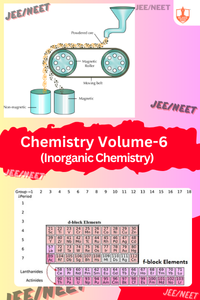

.png)
.png)
.png)
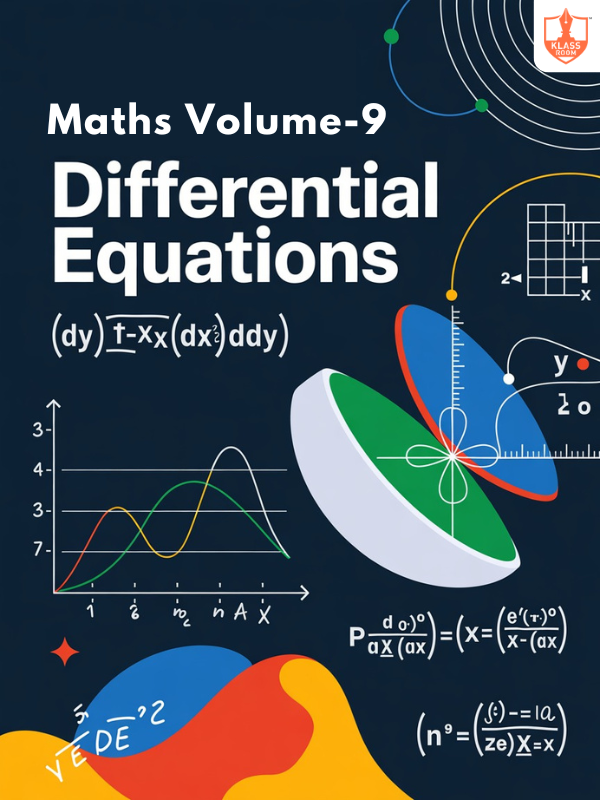
.png)
.png)


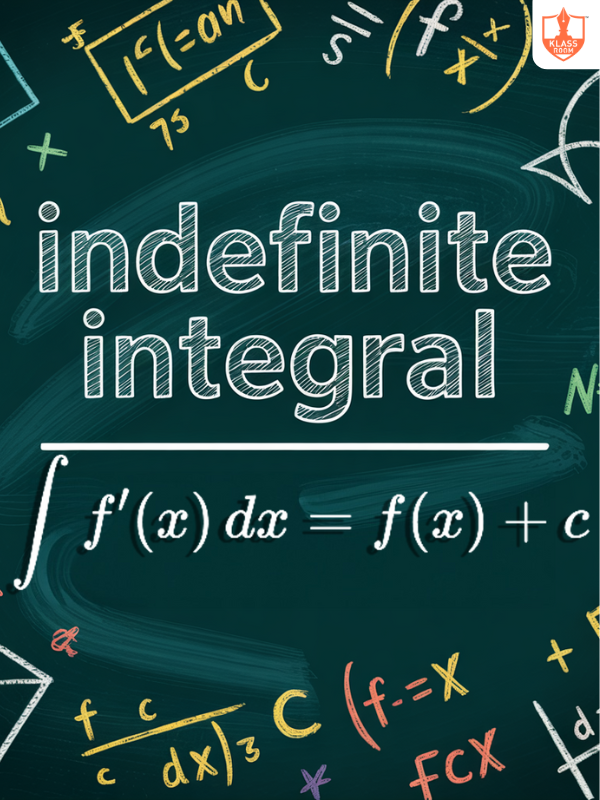
.png)
.png)